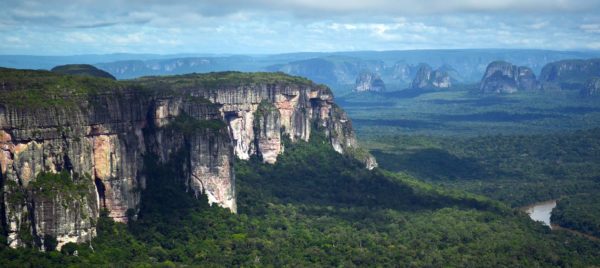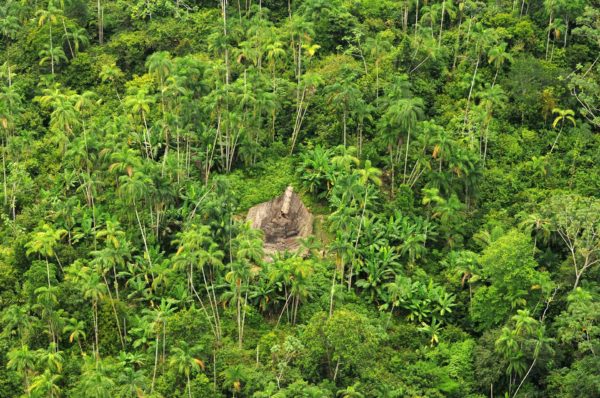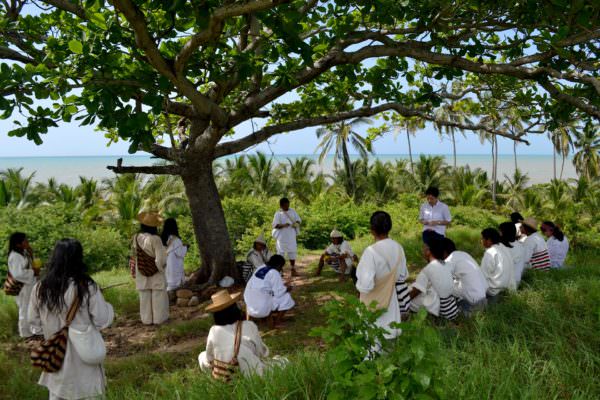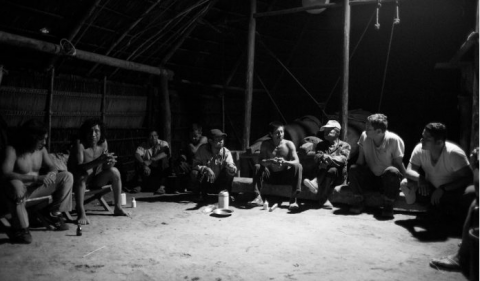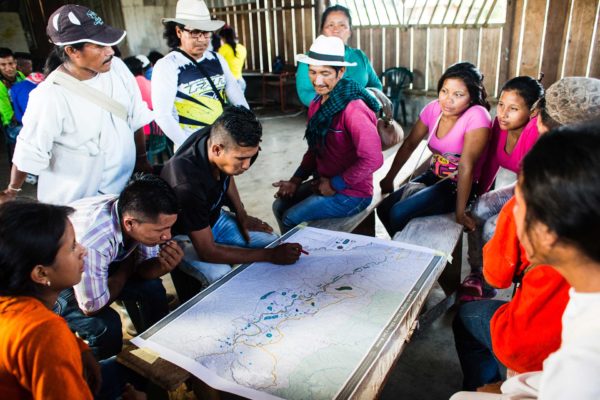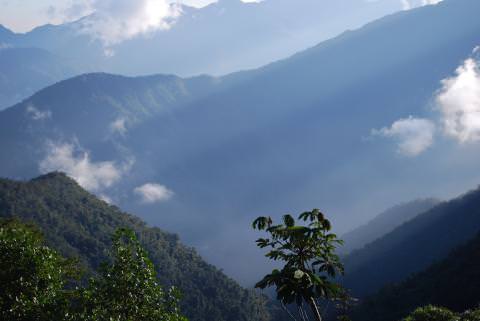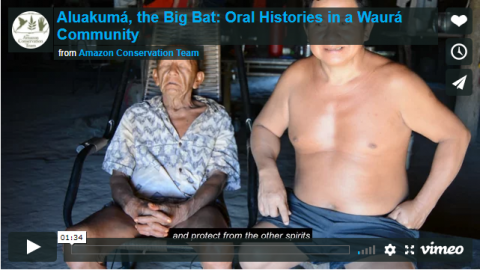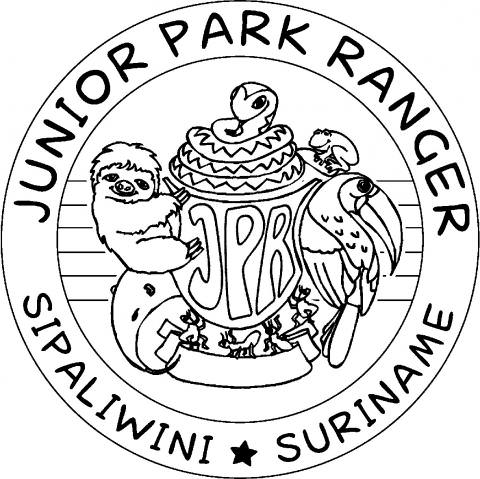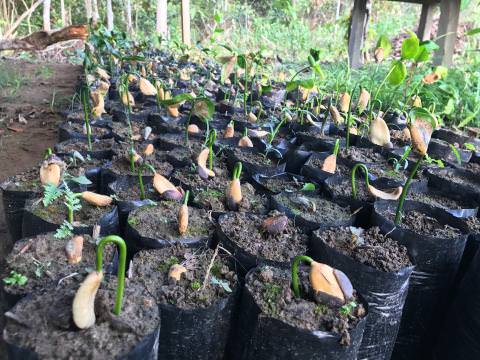The Amazon Conservation Team (ACT) enthusiastically congratulates Colombia on the announcement of a 1.5-million-hectare expansion of Chiribiquete National Park, the country’s largest protected area.…
Continue »The second international meeting on “Perspectives on Protection Policies for Indigenous Peoples in Isolation and Initial Contact”, held in Brazil, was successfully completed. The Colombia delegation consisted of Robinson Lopez, Human Rights and Peace Coordinator for the National Organization of the Indigenous Peoples of the Colombian Amazon (OPIAC); Oswaldo Silva, a leader of the Curare – Los Ingleses Indigenous Reserve of the Amazonas department; and Daniel Aristizábal of the Amazon Conservation Team (ACT), who presented a paper on the prior consultation process for a proposed decree for the prevention of risks to and the protection of the rights of indigenous peoples in isolation of Colombia.
Continue »We know that our partner communities can best safeguard their forests when they have access to their traditional territories, sustainable livelihoods, and intact traditions. But…
Continue »Indigenous peoples, through their national organizations, reached an agreement with the government of Colombia on the development of a public policy and a regulatory framework for the prevention of threats to and the protection of the rights of indigenous peoples in isolation of Colombia. The spirit of the decree seeks to ensure the prevention of threats to and the protection of rights and the permanence of the condition of isolation of these peoples through territorial intangibility, which manifests through the no-contact principle.
Continue »After waiting 27 years, the indigenous governments of non-municipalized areas of the Amazon finally will be able to manage the money from their national government transfers without intermediaries.
In Leticia, the Presidency, the Ministries of the Interior, Finance and Agriculture, DANE (the Colombian national statistics agency and the Colombian National Planning Department recognized the governments of 36 indigenous reserves that occupy 26 million hectares of practically intact territory and that had existed in a state of legal limbo with respect to territorial zoning that prevented them, in effect, from governing what is theirs by law.
Imagine that you live in a rainforest many hours from the nearest city. You are very poor, and life is precarious. A parade of soldiers, drug dealers, gangsters, and fortune hunters comes through the village from time to time. They take what they want. You can’t stop them, and no one comes to help you. One day, a man from the government comes and hands you the keys to your land, and says, “Here’s the forest, here’s the river, here are the animals, the plants, the fruits, the fish, the birds, everything on it – it’s yours. It’s now your job to protect it and manage it. That’s what you wanted, right? Good luck!”
Continue »“…This magical land of water and rainforests is a giant water factory, much threatened by reckless development which is poorly planned and badly executed. The indigenous people who make their home have cautioned about deforestation, against building a road that caused enormous damage, resulting in landslides that killed well over a thousand people. Despite repeated warnings that were ignored by “experts,” on April 1, 2017, a disastrous avalanche destroyed much of the village Mocoa taking with it hundreds of lives mostly children and displacing thousands of families…”
Continue »Oral Histories in a Waurá Community: In the village of Ulupuene, which partners with ACT, two elders and community leaders passed away: the regional “keeper of songs and dances,” Yakuana, who took with him a vast wealth of knowledge about Waurá cultural practices; and most recently, Aluakumá (“Big Bat”), a village elder, shaman, and healer. Both men were revered, and their kin expressed that they had lost more than just a loved one—they had lost an unrecoverable repository of cultural knowledge.
Continue »Earlier this year, a completed series of Junior Park Ranger guides was presented during a special event in at the Tori Oso cultural center in Suriname’s capital city of Paramaribo. The purpose of the series is to enhance the awareness of both indigenous and non-indigenous students regarding Suriname’s extraordinary natural richness.
Continue »On the banks of the Caquetá River, in Colombia, lives Elías García Ruíz, a member of the Murui Muina indigenous group who collects and cultivates native seeds such as that of the cacay tree (Caryodendron orinocense), which is disappearing from their territory because of selective logging of trees of high commercial value and an alarming advance of deforestation.
Continue »

